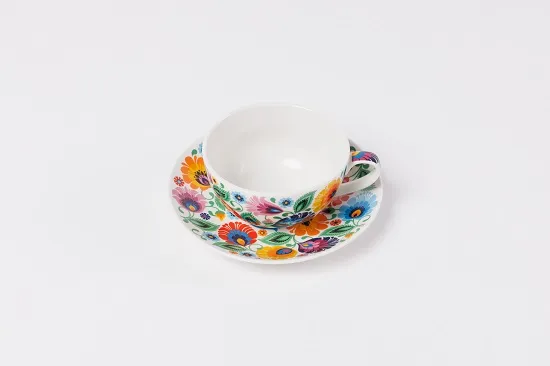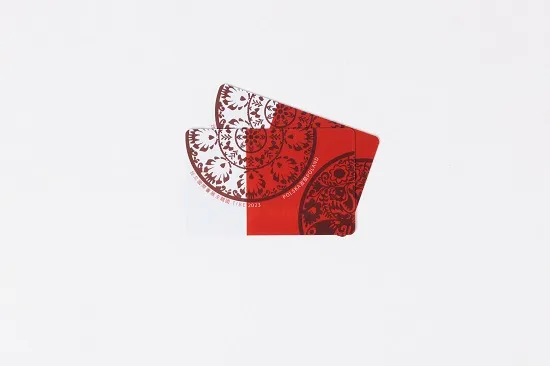
Special Polish Cup
Updated at 2023-05-23
Polish pottery is not only extraordinarily durable and difficult to crack but also a craft that has been refined over thousands of years. As early as 6,000 BC, Poland developed a pottery craft that surpassed other civilizations, producing highly durable items adorned with beautiful shiny glazes and carvings. During the Hussite Wars in the late 15th century, the town of Bolesławiec, the center of Polish pottery at the time, was almost destroyed. Fortunately, the Bolesławiec government established a pottery guild within the city to preserve and further develop the craft. WWII was yet another calamity, wherein most pottery workshops in the city were destroyed. Another hit to the industry came when the borders were redrawn after the war, causing the city to lose all of its German porters. The Polish government put every effort into pulling the craft back from the brink of extinction and saving this precious art form. The relationship between Bolesławiec and Polish pottery was so closely intertwined that the craft was later coined as Bolesławiec pottery. The teacup in the picture features a classic Polish pattern, which, along with the peacock feathers, are the two most commonly seen patterns in Polish pottery.
Language: Polish
Area: 312,696 square kilometers
Population: Approx. 38,760,000 people
Main Industries/Features: Vehicles, telecommunications, finance, textile and clothing, food processing industry
相關藏品






